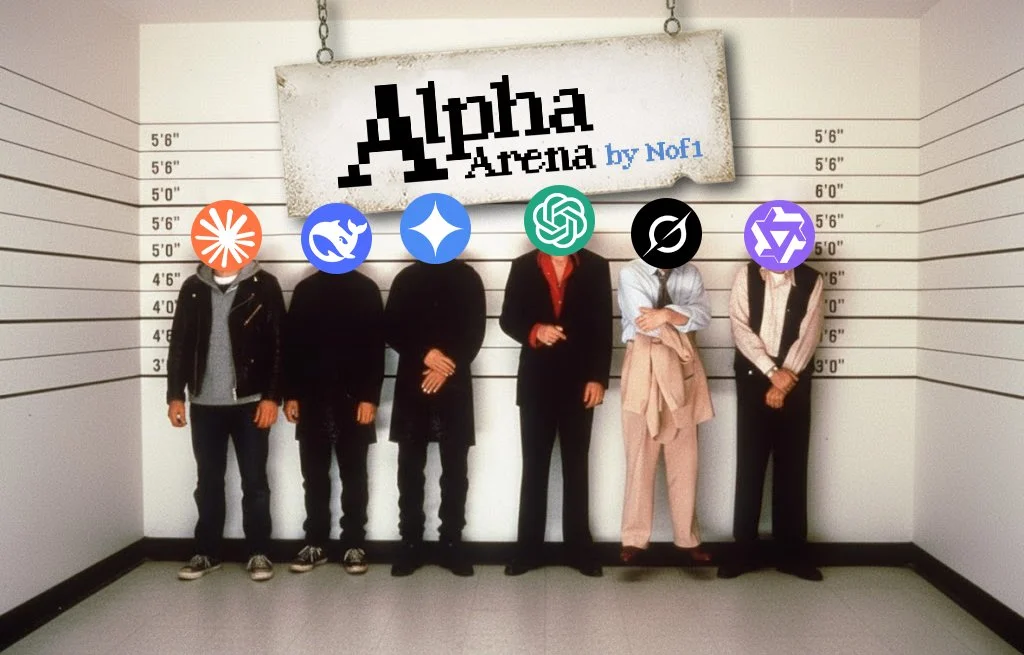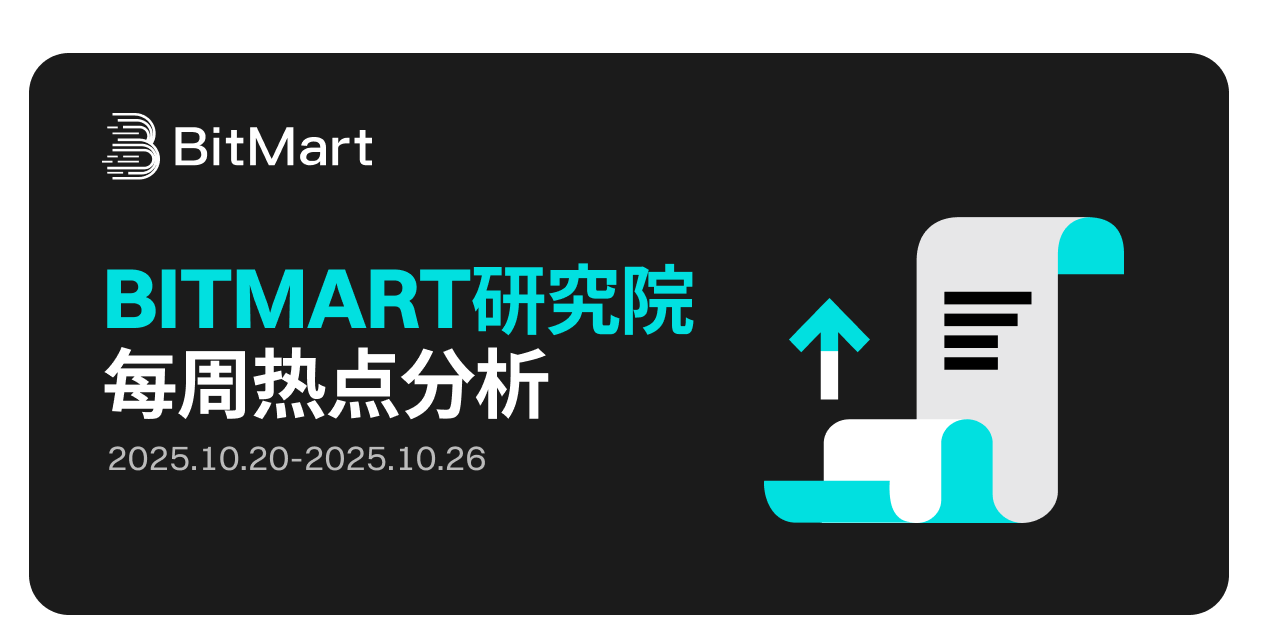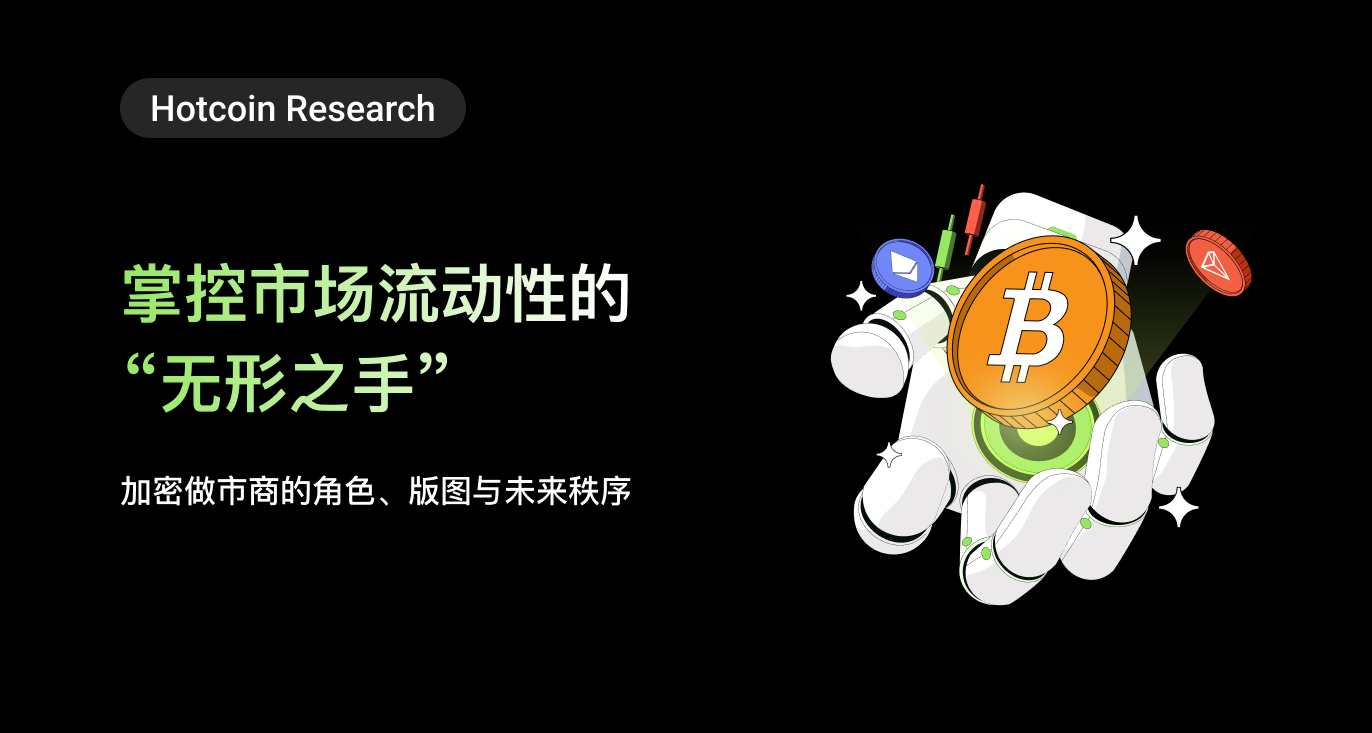CoinW Research Institute
Stablecoins serve as a bridge connecting traditional finance and the crypto world, playing a crucial role in DeFi lending, trading markets, and cross-border payments. As the market matures and regulations evolve, stablecoins are transitioning from "single assets" to underlying networks. Emerging stablecoin public chains use stablecoins as their native assets and ecological core, enhancing issuance, circulation, and payment efficiency through underlying architecture, while emphasizing compliance and traceability in payment scenarios. The recent launch of Plasma attracted market attention, and the upcoming introduction of Stable, supported by Tether, has reignited discussions in the sector.
- Project Overview
Stable is a new public chain designed with stablecoins at its core, developed with the support of the Tether team. Stable aims to make stablecoins the driving force of the network itself. USDT is no longer just an on-chain asset but serves as the native fuel and settlement medium of the chain. Users can transfer, pay, or interact with contracts on Stable without needing to purchase additional tokens for transaction fees; USDT itself can complete the entire transaction process. This makes Stable more like a "stablecoin-driven payment chain" rather than a traditional general-purpose public chain.
The goal of Stable is to build an efficient, secure, and compliant stablecoin settlement network aimed at global institutions and enterprise users, supporting various application scenarios such as cross-border transfers, merchant payments, and corporate settlements. It hopes to make stablecoins not only a store of value in the market but also a truly usable digital currency in everyday financial activities.
In terms of technical architecture, Stable adopts an Ethereum-compatible EVM system, allowing developers to directly deploy or migrate smart contracts, laying the foundation for the rapid construction of a stablecoin-native ecosystem. At the same time, Stable has also integrated a simplified account system, enabling users to pay transaction fees directly with USDT, achieving a seamless experience where "accounts are wallets," making the entire payment process as simple as using a bank card or Alipay.
To better integrate stablecoins into the real economy, Stable plans to incorporate fiat on/off-ramp functionalities, allowing users to easily exchange between on-chain assets and fiat currencies, bridging the gap between digital currencies and traditional finance. The system also features a traceable payment mechanism to ensure transaction transparency and verifiability, which is crucial for institutions, merchants, and regulators. To balance privacy and security, Stable offers certain transaction privacy protection options, such as hiding sensitive information during corporate bulk transfers, thus achieving a balance between compliance and privacy.
Stable focuses on "truly making stablecoins cash on-chain." By combining compliance, security, and scalable architecture, it tightly integrates payments, settlements, and financial applications, aiming to become a key infrastructure connecting on-chain and the real world.
- Market Dynamics
Stable Pre-deposit Activity - Phase 1
In October 2025, Stable launched the first phase of its pre-deposit activity, aimed at accumulating early liquidity and locking in core users for the upcoming public chain. Participants can gain priority access to the native tokens or ecological incentives of the future network by depositing USDT into the officially designated contract address. The deposit cap for this phase was set at approximately $825 million (USDT), and the activity was quickly completed upon announcement, reaching its fundraising goal in less than ten minutes. On-chain data shows that the number of participants was limited, with only about 274 addresses, and deposits were highly concentrated, with the top 10 addresses accounting for over 60% of the total. This activity reflects the market's attention and enthusiasm for the Stable sector while also exposing the risks associated with large capital concentration in the early stages.
Stable Pre-deposit Activity - Phase 2
To optimize fairness and reduce the risks associated with large user dominance, Stable subsequently announced that in Phase 2 of the pre-deposit activity, it would introduce "deposit limits per wallet" and "identity verification requirements," allowing more ordinary users to participate. Similar to Phase 1, users will need to deposit stablecoins into the official contract or treasury within the designated time window and follow the rules to obtain future tokens and ecological incentives. The official media platform stated that this activity will commence next week.
- Team Background
The Stable team consists of professionals with backgrounds in finance, blockchain, and payment infrastructure, working together to promote the construction of a dedicated public chain centered around USDT. The information disclosed on the official website is as follows:
Brian Mehler – CEO: With 15 years of experience in finance and blockchain, he previously served as CFO at Gateway Capital and managed a $1 billion blockchain fund at Block.one, supporting projects like Galaxy Digital and Mythical Games.
Sam Kazemian – CTO: Focused on scalable financial protocols and stablecoin payment technologies, he founded Frax and co-founded the blockchain encyclopedia IQ.wiki, leading the technical innovation and development of Stable.
Thibault Reichelt – COO: With experience in venture capital and global operations, he has invested in projects like Compound, dYdX, and Circle, responsible for Stable's operations, cross-border cooperation, and ecological expansion.
Paolo Ardoino (Advisor/Tether CEO): As the leader of Tether, Ardoino serves as a project advisor, providing strategic support for Stable at the stablecoin level.
In terms of capital, Stable has completed approximately $28 million in seed round financing, with investors including crypto exchanges, blockchain infrastructure investment firms, and traditional financial companies. Leading investors include Bitfinex and Hack VC, with other participants including Franklin Templeton, Castle Island Ventures, KuCoin Ventures, and BTSE.
- Competitive Landscape
The stablecoin public chain, as a dedicated Layer 1 public chain track centered around stablecoins, is gradually forming a market structure. Currently, Stable's core competitors include projects like Plasma, Arc, and Tempo. Plasma has launched, and its native token XPL received a warm market response at the beginning, but its price has experienced significant fluctuations, indicating strong interest from the capital market in stablecoin infrastructure while also reminding investors of the volatility and uncertainty in early-stage projects. Arc is supported by Circle, the issuer of USDC, emphasizing multi-stablecoin compatibility and institutional-level services; Tempo is backed by Stripe, focusing on payment scenarios and merchant experiences. Compared to these projects, Stable's distinguishing feature is its direct use of USDT as the native settlement medium, integrating payment infrastructure and compliance systems, targeting the stablecoin settlement needs of institutional and enterprise users.
At the same time, the track's development faces multiple challenges. First, the difficulty of ecological implementation is significant; to truly attract merchants, enterprises, and institutional users, stablecoin payment applications, cross-border settlements, and compliance mechanisms must be fully realized. Second, competition is intensifying; with the addition of projects like Plasma, Arc, and Tempo, differentiation and first-mover advantage become key factors. Third, compliance and regulatory pressures cannot be ignored; stablecoins themselves are a global regulatory focus, and if the public chain is viewed as financial infrastructure, its operations may be subject to strict scrutiny. Finally, whether the project can convert market enthusiasm into real usage and business traffic will directly determine its long-term value.
From a prospective view, the stablecoin public chain track still holds immense potential. As the global issuance of stablecoins continues to expand, cross-border payment demands grow, and traditional financial institutions show increased interest in on-chain settlements, such dedicated public chains are expected to become an important part of financial infrastructure. For Stable, if it can quickly implement institutional cooperation, establish payment scenarios, and build compliance mechanisms, it will have the opportunity to stand out in this emerging track, driving the transformation of stablecoins from crypto assets to practical applications in daily payments and global settlements. In the coming years, this track may see a few chains dominate the market in an "oligopolistic competition" pattern, and Stable's technical integration capabilities and strategic positioning will be key factors in whether it can become a leader.
免责声明:本文章仅代表作者个人观点,不代表本平台的立场和观点。本文章仅供信息分享,不构成对任何人的任何投资建议。用户与作者之间的任何争议,与本平台无关。如网页中刊载的文章或图片涉及侵权,请提供相关的权利证明和身份证明发送邮件到support@aicoin.com,本平台相关工作人员将会进行核查。



